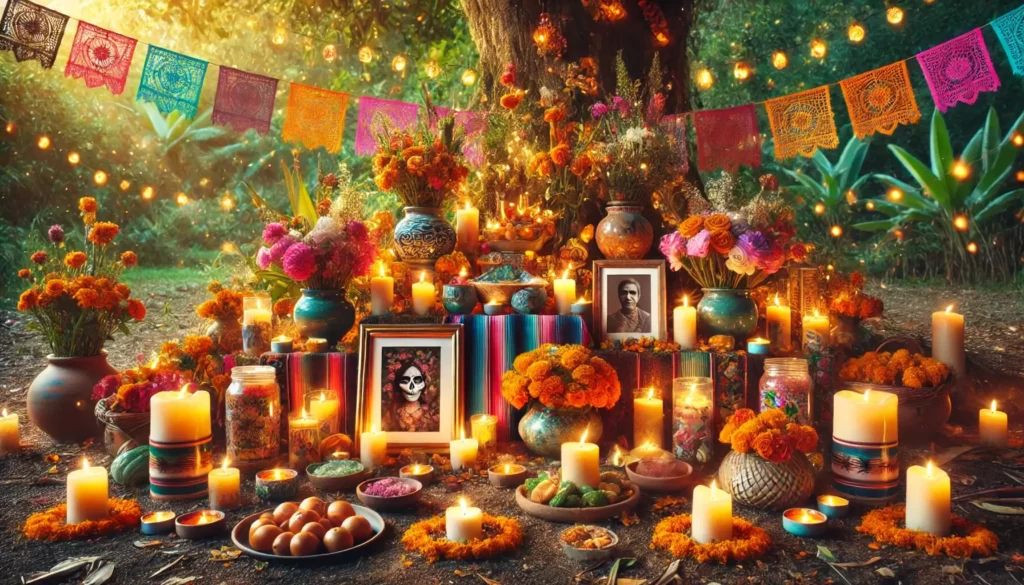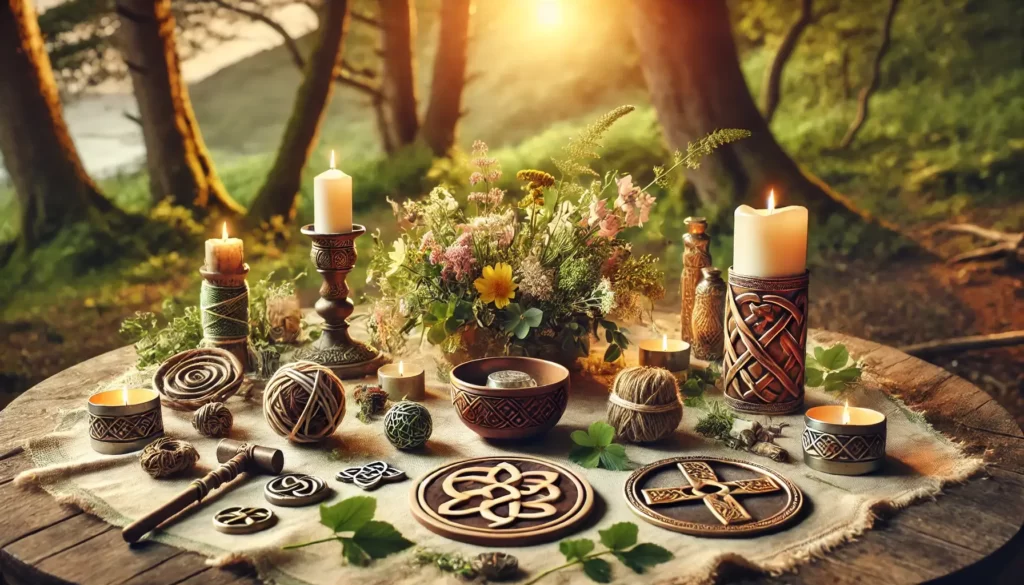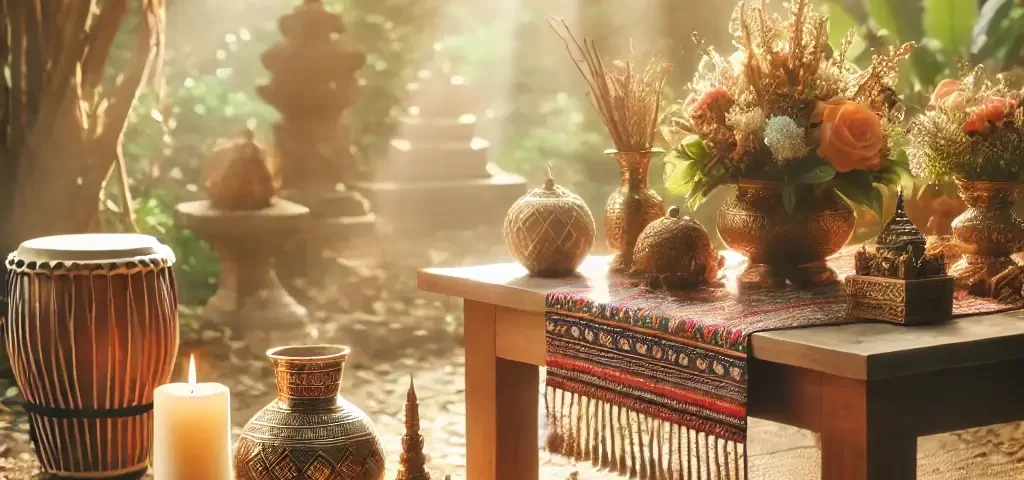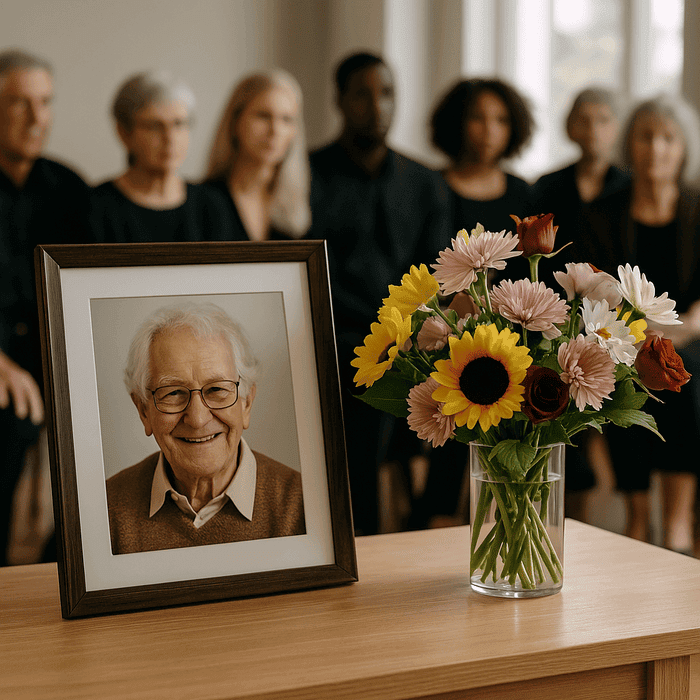Incorporating Family Heritage into Funeral Services

How to Create a Memorial Garden to Honor a Loved One
October 4, 2024
Planning a Memorial Ceremony at Home: A Step-by-Step Guide
October 4, 2024Incorporating Family Heritage into Funeral Services
Any funeral service is more than a final farewell, it is an expression of the thoughts, ideals, and background of the person who is deceased and their family. As time progresses, the society becomes more aware of the need to embrace the family background in these events. By incorporating the traditions of the families, meaningful practices that reflect the culture of the families can be created in these practices of funerals. This article addresses the ways of practicing family heritage in the funeral arrangement services, thereby underlining the role of culture in such services and the importance of custom made ceremonies.
Understanding the Importance of Family Heritage in Funerals
The Role of Family Traditions in Funerals
Funeral family traditions help in the transmitting of traditions and practices from generation to another. They also provide an opportunity for families to mourn and heal after the death of their loved ones. Such traditions include the practices, clothing, songs, and symbols relevant to the funeral service. This is the case with a lot of families who believe that such practices help them to carry on in their grief thanks to the comfort found in the customs of their shared past.
With a greater number of families requesting customized and sentimental funerals, the need for family history has become extremely important. Fits of sociological and psychological approaches are well represented many people want to commemorate the deceased in accordance with the traditions, ideas and values of the specific individual or community. This tendency also provides awareness for the need to incorporate cultural specific funeral practices in modern practices where not only the life will be mourned but the culture and the people appreciated as well.
The Significance of Cultural Funeral Customs
Cultural funeral customs vary widely across different communities and often hold deep meanings that are central to the grieving process. Understanding these customs is crucial for families seeking to incorporate their heritage into funeral services.
Honoring Family Heritage through Rituals
Many cultures have specific rituals that are observed during funeral services, each carrying unique symbolism. For example:
- African Traditions: Most African societies do not mourn but rather celebrate the life of the departed with music, dance and ceremonies. These customs uphold the value of the community and allow members to grieve together and honor the life of the lost individual as a family.
- Asian Traditions: in Rituals and ceremonies celebrating the ancestors is essential part of the funerary services in some of the Asian cultures. For example, when a member of the Chinese family dies, in the belief that the dead will be looked after in the other world, family members burn such offerings that are made out of paper. Likewise, in the case of Hindus too, cremation is prevalent which is associated with the freeing of the soul from the material existence.
- Western Traditions: In many Western cultures, funerals are characterized by solemnity and formality. With the passage of time though, personalization has grown more familiar, with families adding touches that express the deceased’s character, preferences, and cultural aspects.
By integrating these customs into funeral services, families not only honor their heritage but also foster a sense of continuity and connection with their ancestors.
Common Cultural Traditions in Funerals Around the World
Across the globe funeral customs provide families with a plethora of options from which to draw on and create memorable memorials. Some such examples are:
Hispanic/Latino Traditions
In Hispanic cultures, the Día de los Muertos (Day of the Dead) is a significant celebration that honors deceased loved ones. To honor the deceased, families prepare shrine with pictures, candles, and food. This way, they welcome the souls back into the world of the living. There is an artistic element of the celebration which can be incorporated in the funeral services for an energetic and emotional tribute.

Jewish Traditions
In the traditional Jewish mourning or burial ceremonies, “sitting shiva” is practiced which refers to a period of extended mourning lasting around a week whereby family members of the deceased gather in the home of the deceased. Here, they host visitors, narrate numerous stories, and reminisce about the deceased. The funerals are mostly straightforward as they focus on honoring the departed rather than the complex arrangements of the funeral.
Native American Traditions
In many instances, the expressions of spirituality in Native American cultures reflect some unique practices. These could include rituals that commemorate the bond between the members who are still alive and those who have passed on, in storytelling, song, or dance about the deceased.
African American Traditions
Funerals for African Americans are typically observed with some restraint, but also encompass a sense of joy, and gospel music is typically at the center of this. The speeches may be filled with stories praising the accomplishments of the deceased, followed with the singing of hymns or spirituals attempting to bring comfort and support to the mourners present within the service.
Steps to Incorporate Heritage into Funeral Services
1. Personalizing Funerals Based on Cultural Background
The primary step towards blending culture into the funeral service is knowing the cultural orientation of the deceased. The family members need to have a conversation about the customs they would like to honor and how those customs can be incorporated in the service.
- Consult with Family Elders: Engage with family elders who hold knowledge of ancestral customs. They can provide insights into specific rituals, prayers, and symbols that should be included.
- Choosing Readings and Prayers with Meaning: It is important to include readings or prayers in the services that reflect the beliefs of the family, as this is more personal and cultural to the family.
- Choose Traditional Attire: Wearing specific colors or traditional garments during the funeral can honor the deceased’s heritage.
2. Including Traditional Music, Attire, and Ceremonial Elements
The use of music, keepsakes, clothing, and ritualistic practices can add depth to the culture of a funeral service. When the mourning of the deceased requires music, specific cultural sounds will be employed too, perhaps drums and trumpets from their native land. Different styles of clothing such as kimonos, saris or others may be used by mourners to honor and remember the deceased’s culture.
- Select Music: Using familiar songs and not just any song but those that represent the cultural background of the departed can evoke emotions. For instance, the Irish American family may include Irish folk songs, while a Latino family would use mariachi music.
- Use Traditional Attire: Encourage mourners to wear traditional attire that represents their cultural background, reinforcing the theme of heritage.
- Ceremonial Elements: Include emblematic objects like candles and blooms or certain hues which are of importance to the family’s culture.
3. Involving Family Members in Preserving Heritage
Engaging family members in the planning process guarantees that the funeral service honors their shared customs. For example, family conversations may help in highlighting the relevant practices, which the family will adhere to in order to pay their last respects to the dead.
- Share Stories and Memories: Encourage family members to share stories and memories of the deceased, which can be woven into the service through eulogies or memory tables.
- Encourage Participation: Invite family members to take part in specific rituals or readings during the service. This involvement fosters a sense of community and shared experience.
4. Honoring Ancestors through Rituals and Symbolism
Rituals that honor ancestors often include the use of specific symbols and practices that reflect cultural values.
- Incorporate Ancestral Symbols: Diverse cultures have their symbols that are a mark of their traditions. For instance, the service may include Celtic knots or tribal markings to honor the ancestry of the departed.
- Use Rituals to Reflect Values: Incorporate rituals that align with the family’s cultural values. For instance, pouring libations during the service can connect the living with their ancestors, fostering a sense of continuity.

Examples of Heritage-Centric Memorial Practices
Blending Modern Practices with Traditional Elements
In contemporary society, blending modern practices with traditional elements can create a rich and meaningful funeral experience. Families can incorporate modern technology, such as live streaming services or video tributes, while still honoring traditional customs.
- Digital Memorials: Today, several families opt to create tribute websites with photographs, videos, and recordings, amongst other elements, from family and friends. This contemporary method enables increased family involvement from those who would not otherwise participate physically.
- Personalized Themes: Funeral services can be personalized with themes that reflect the deceased’s interests, hobbies, or cultural background. For example, a lover of music might have a service that celebrates their favorite songs and artists, combined with traditional rituals.
Personalizing the Funeral Venue with Heritage Themes
The choice of venue can significantly impact the atmosphere of a funeral service. Families can personalize the venue with cultural themes that reflect their heritage.
- Decorative Elements: Use decorations that reflect the deceased’s cultural background, such as traditional textiles, colors, or symbols. For instance, a Native American family might use dreamcatchers or feathers as part of the decor.
- Cultural Food Offerings: Examine the feasibility of incorporating distinct culinary heritage in the reception after the funeral service so that the attendees can enjoy the cultural background of the deceased to even their meals.
FAQs
1. What is the etiquette for family members at funerals?
During funerals, family members normally occupy a primary position, engaging in different activities such as rituals, delivering eulogies, or providing comfort to the mourners. Culture comes into tedious practices for instance wearing designs appropriate for the occasion and following certain religious practices.
2. What are the modern funeral traditions?
Modern funeral traditions often include personalized elements such as video tributes, custom playlists, and environmentally friendly practices like green burials. These practices can be combined with cultural customs to create a unique service.
3. What are the do’s and don’ts of a funeral?
Do respect the wishes of the family and adhere to cultural customs. Don’t engage in disruptive behavior or express personal grievances during the service. Always offer condolences to the family and participate respectfully in rituals.
4. How can I help preserve my family’s heritage at funerals?
Engaging family members in discussions about traditions, incorporating cultural symbols and rituals, and documenting family stories can help preserve your family’s heritage during funerals and beyond.
5. Are there specific customs for different religions regarding funerals?
Indeed, various faiths have their own traditions and practices for performing funerals. These practices should be appreciated in order to respect the beliefs of the dead person and his or her family. For instance, in Judaism, funerals usually take place within days followed by a period of mourning known as shiva while in Hinduism, funerals incorporate cremation and rituals associated with the departeds spirits.


